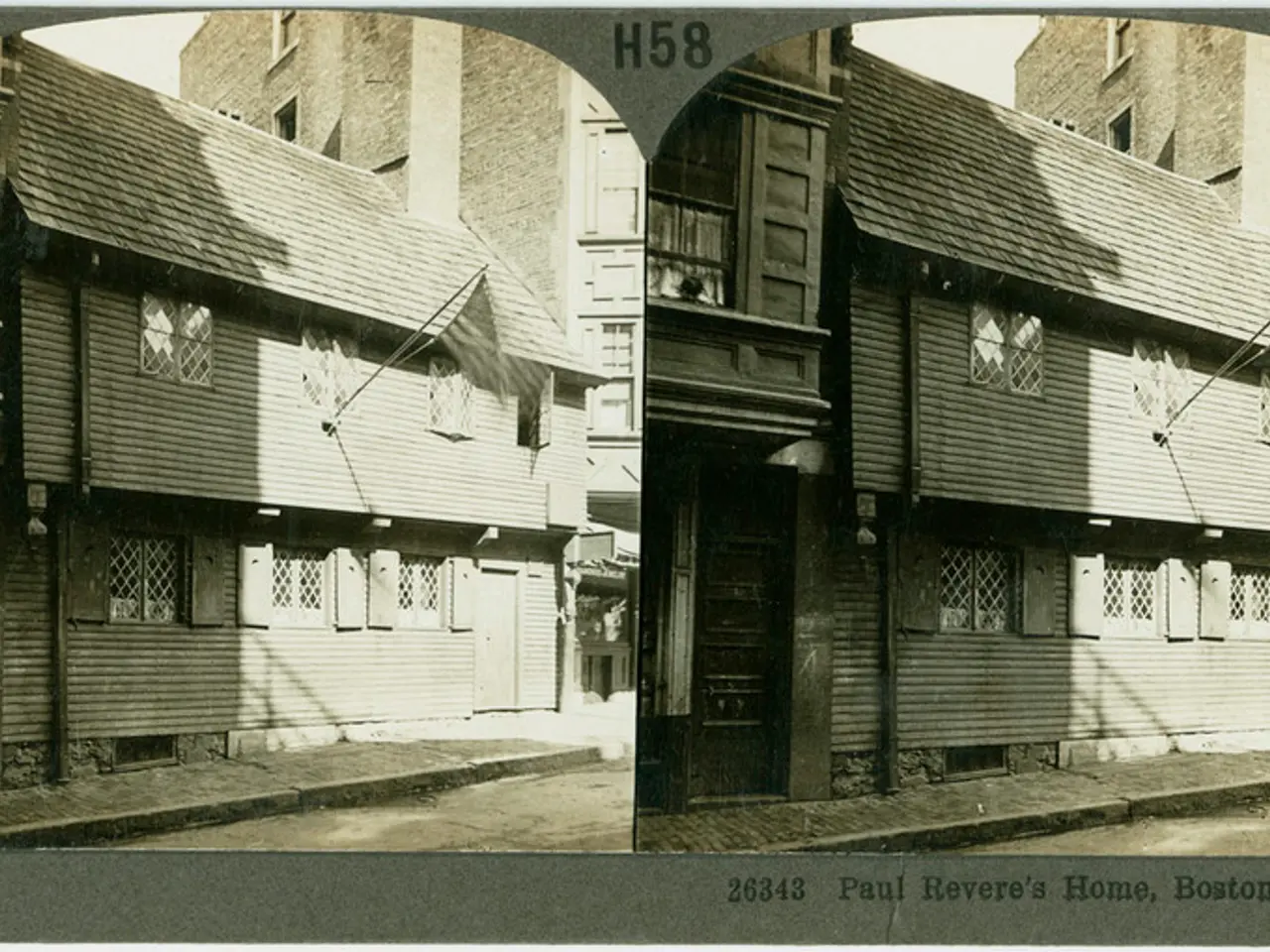Breathtaking Landscape: The Skyline of the Regions Exhibits a Variety of Architectural Designs and Shapes
Cincinnati, Ohio, is a city rich in architectural history, with a diverse range of buildings that span various styles and eras. Let's take a tour of some of the city's most iconic structures.
The Carew Tower, an Art Deco masterpiece, was constructed in 1930 during the height of the Great Depression. Designed by Walter W. Ahlschlager of Chicago and the firm of Delano and Aldrich of New York City, the Carew Tower is a testament to the resilience of the city during challenging times. With its 360-degree observatory, it was a treat for many in the author's childhood to visit and walk through its Arcade. Today, it remains connected to the Netherland Plaza Hotel, offering a unique blend of history and modern convenience.
Fast forward to the 1960s and 1970s, when the Miesian style became popular. Characterized by glass curtain wall buildings, this style was exemplified by Skidmore, Owings and Merrill's (SOM) Omnicare buildings, formerly Atrium I (1982) and II (1984) on Fourth Street, and their PNC Bank (formerly Central Trust) at Fifth and Main (1979). The Fifth Third Tower on Vine Street, designed by Harrison and Abramowitz, is also a prime example of this International Style, built in 1970. Mies van der Rohe, a pioneer of this style, once stated that "less is more" in terms of architecture, a philosophy that can be seen in these minimalist buildings.
The Terrace Plaza Hotel, constructed in 1948, was the first International style skyscraper in Cincinnati. Designed by SOM, it made the front cover of "The Architectural Forum" magazine in December 1948. Another International Style skyscraper in Cincinnati is the Kroger Building, built in 1954 at Vine and Court Streets, designed by Wyatt C. Hedrick.
In more recent years, Cincinnati has welcomed some exciting additions to its skyline. The Neo-Constructivist Lois and Richard Rosenthal Center for Contemporary Art (1997-2002) on Sixth and Walnut was the first US commission for Zaha Hadid. The Great American Tower (2011) by Hellmuth, Obata, and Kassabaum is the latest jewel in Cincinnati's crown, with its crown being the highest point in downtown.
Perhaps one of the most striking additions is the Ascent at Roebling's Bridge in Covington, Kentucky, designed by Daniel Libeskind and constructed in 2007-08. This twisting neo-modern building provides unparalleled views of the Cincinnati skyline for its residents. Libeskind, the master planner for the new World Trade Center project in New York City, also designed the Ascent at Roebling's Bridge.
Last but not least, the Aronoff Center for the Arts (1993-95) on Walnut Street in Cincinnati, designed by Cesar Pelli, stands as a testament to the city's commitment to arts and culture.
Cincinnati's architectural landscape is a fascinating tapestry of history, style, and innovation. Each building tells a story, contributing to the city's unique character and charm. Whether you're a local or a visitor, taking the time to appreciate these architectural wonders is a rewarding experience.





